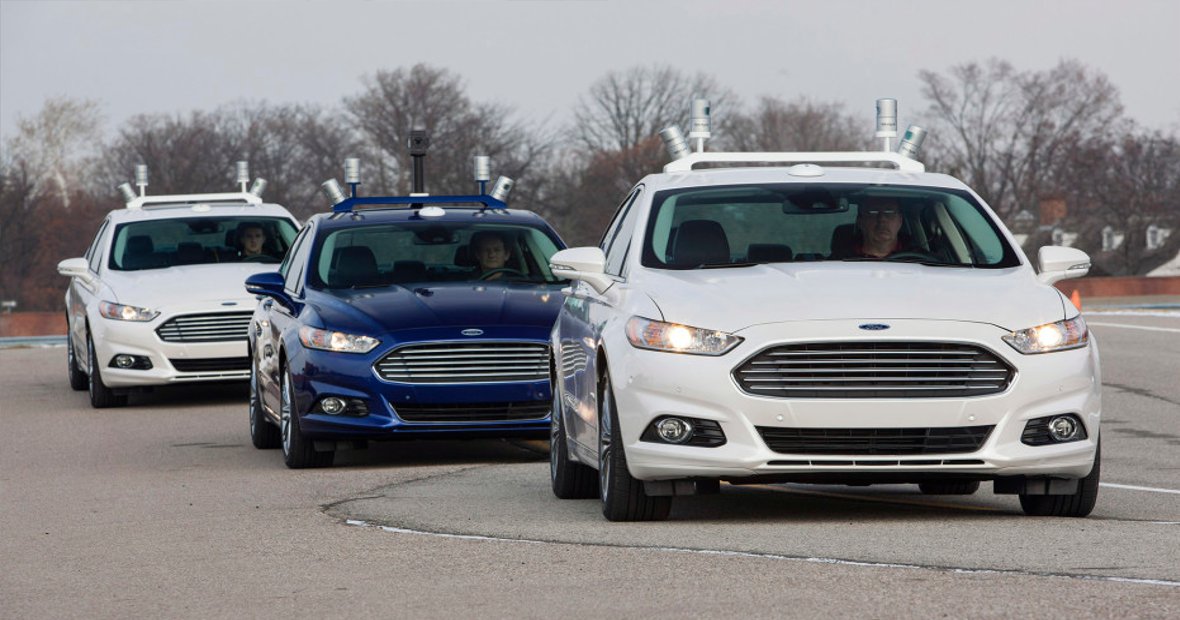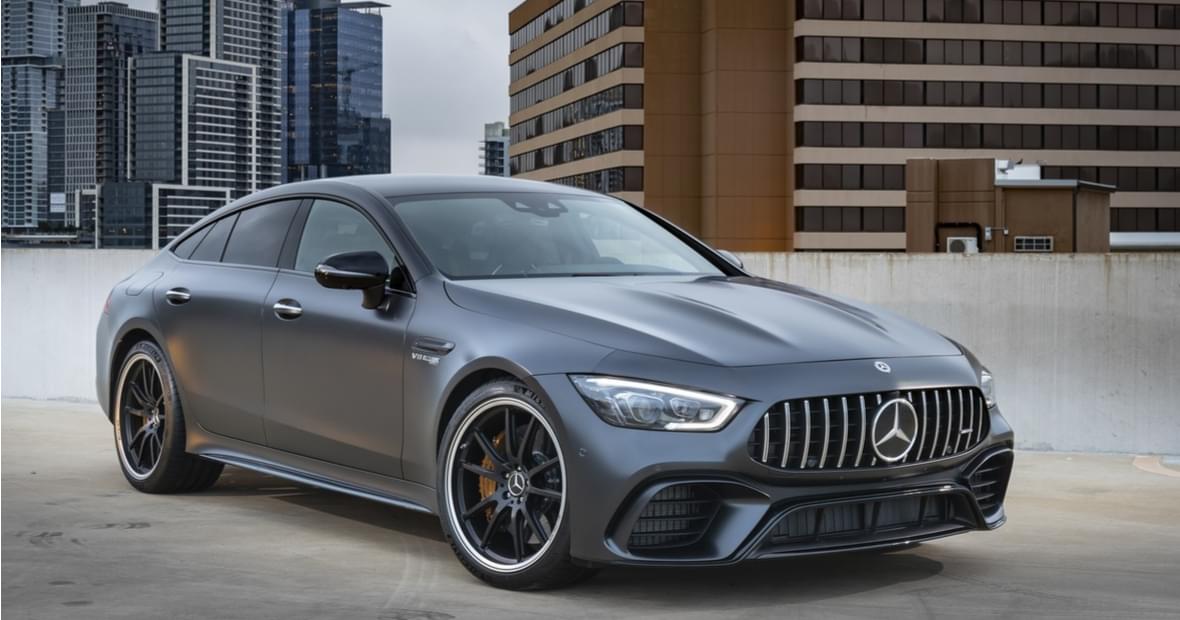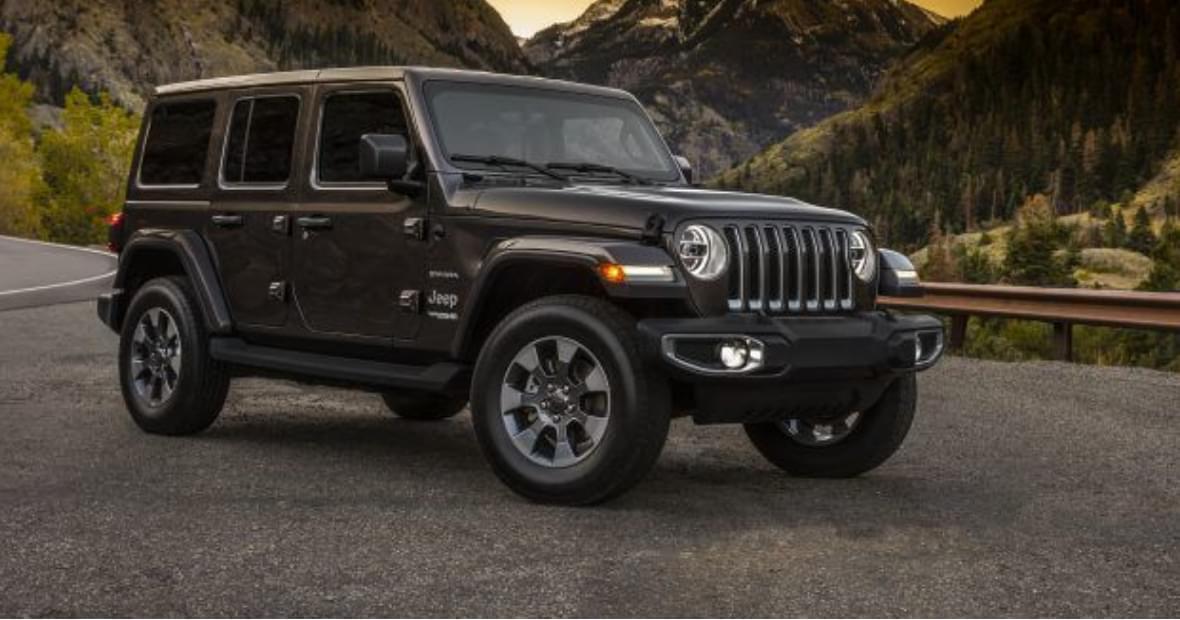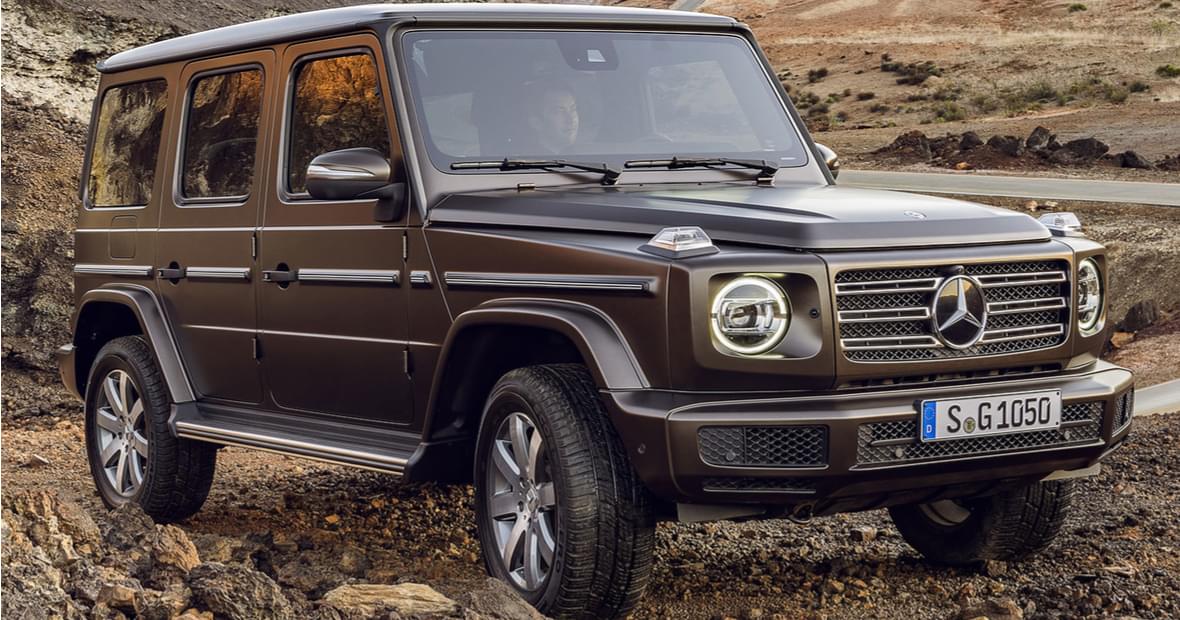This past Monday, Ford released a public announcement saying that it has plans for an entirely autonomous vehicle to be available to the public by the year 2025. This comes following ongoing collaboration between tech and automobile companies that has seen rapid technology development in the self driving car industry. Creating expectations that an affordable and accessible autonomous vehicle will be available for consumers soon.
This expectation was confirmed by Mark Fields, chief executive officer at Ford who confirmed that driverless cars will be available for sale in 2025. He added “We’re dedicated to putting autonomous vehicles on the road for millions of people, not just those who can afford luxury cars”.
The reference to luxury cars undoubtedly refers to Tesla Motor’s Model S. While an industry leader in self-driving vehicles, their base model comes at a price tag of over US$60,000. At this stage of development the auto-piloted Model S is able to steer within a lane, change lanes and park on command. The most recent software update includes a “Summon” feature, where you can call your car from your phone and have it collect you at your front door.
Whilst Tesla’s technology is certainly sensational, Ford is more focused on having driverless technology available for the masses. Fields commented that “We may not be first, but when we do come out with it, we want to make sure that it’s accessible to millions,” and in pursuit of that mission, their focus has been more targeted on accessibility and safety.
Ford’s use of technology has been fundamentally different, unlike Tesla who have used cameras and radar systems, Field claims that this technology does not meet their safety standards. Instead Ford has utilised LIDAR (Light Detection and Ranging) that uses laser beams to measure the distance and composition of surrounding objects. Whilst more expensive, it offers greater precision in the pursuit of safe self driving technology.
Competing with other manufactures in the industry such as Uber who has paired up with Volvo, Tesla and Google, the self driving cars will first be used in ride-hailing programs by 2021. This is to then be followed by consumer-oriented, affordable autonomous vehicles by 2025.





